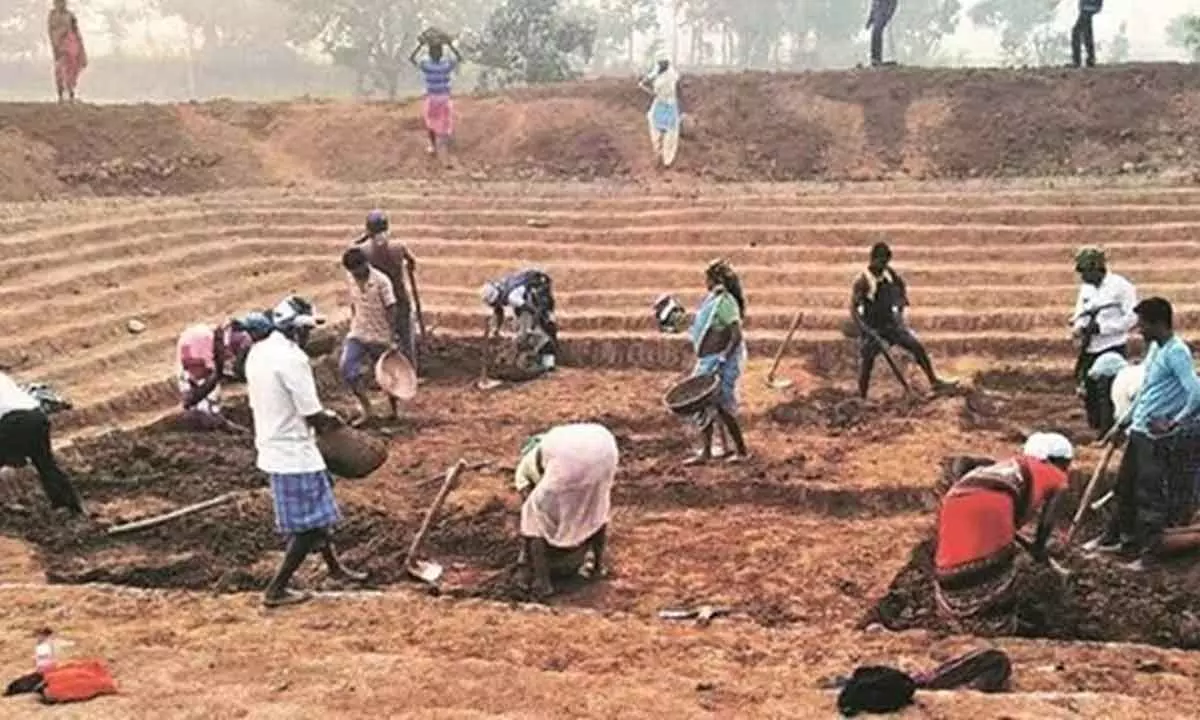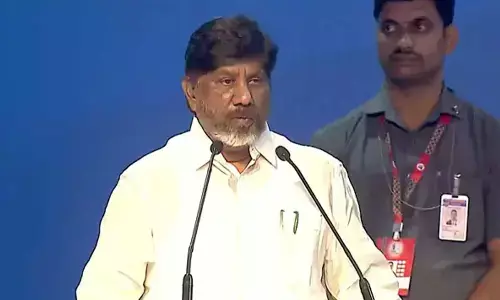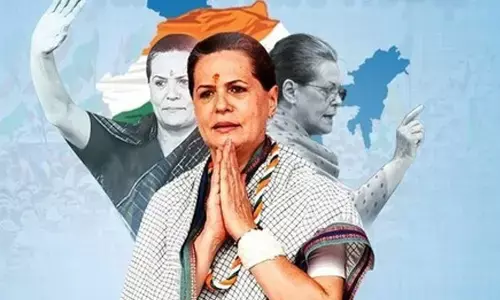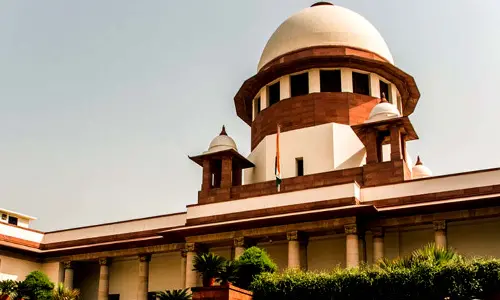Welfare schemes, NREGS transform lives of poor in villages

There has been a significant improvement in their living standards
"Before 2004, poverty conditions existed in our villages, no jobs, failed crops and poverty stared at our faces. Things started changing by 2010. Educated youth filled the homes in villages and the YSR welfare schemes including education scholarships, old-age pensions and the NREGS began to impact the economic landscape of villages," he says.
The NREG scheme pumped in substantial amounts like Rs 5,000 to Rs 10,000 into every home every month with at least 2 persons from each family going for NREGS works every day. Slowly the villages began to come out of shackles of poverty and money started flowing into the pockets of men and women. Now YSR Asara, Amma Vodi, pension, input subsidy, crop compensation and welfare doles to tailors and auto-rickshaw workers etc ensured uninterrupted flow of money, says Rajasekhar Konatala, a farmer of Andepalli village in Kambadur mandal in Anantapur district, while speaking to The Hans India.
His large family of 7 benefitted from the welfare bonanza of the successive State governments of YSR, Chandrababu Naidu and Jagan Mohan Reddy. Rajasekhar too has two sons in IT field and an MBA daughter working with a star hotel group in Bengaluru. There is a sea change in poverty levels and living standards of these families who were one time struggling to make both ends meet. Majority families are recipients of 3-tier income. One from their Agriculture land or tenancy, second from their employed sons and daughters and third from the multiple welfare doles of the government. On an average 80 per cent of village population got the secondary income of financial support from their employed sons.
The past two decades since the advent of the Y S Rajasekhara Reddy government in 2004 and later during the Naidu dispensation too, several changes have been witnessed in rural and semi-urban areas both on the social and economic front. The last 20 years witnessed an education boom that catapulted many to join professional engineering courses due to the government's scholarship bonanza. Today the welfare benefits reached a climax during the present Y S Jagan Mohan Reddy dispensation. On an average, every family is getting Rs 60,000 to Rs 100,000 depending upon the size of the family.
Even political leaders cutting across party lines admit that the definition of poverty has changed and they are no longer poverty conditions or hunger or starvation anywhere as welfare is taking care of their minimum needs under different dispensations (YSR, Naidu & Jagan). Savithri, a mother of one son and a daughter, hailing from Kothacheruvu mandal in Sri Sathya Sai district told The Hans India that ever since her husband's death she educated her children with government scholarships. Only recently her son secured a job in an IT company in Bengaluru. She got her daughter married.
The government's welfare pension, the Jagananna house and her tenancy amount for her 5 acres of land is sustaining her. Her son employed recently is also taking care of her financial needs. She is also getting wages of Rs 3,000 from the NREGS job card. When asked how the families in villages are currently placed when compared to a decade ago, a beaming Savithri said that the government's welfare reach-out is sustaining many.


















